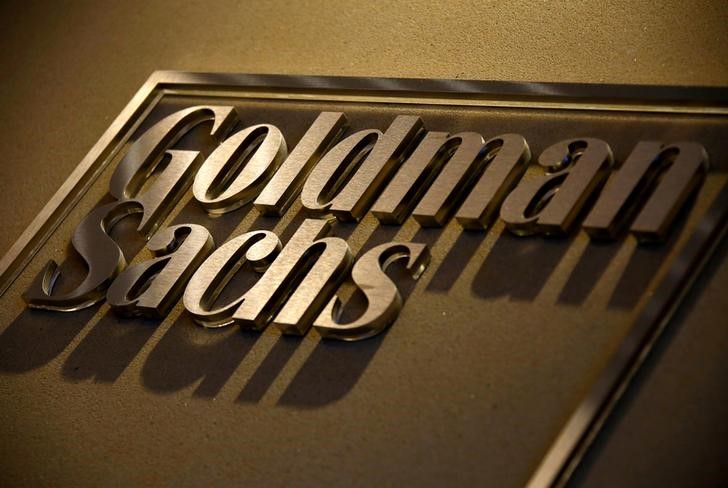UK-exposed assets witnessed a significant sell-off on Friday, triggered by a confluence of spillovers from the US bond market and apprehensions regarding the UK’s economic growth and fiscal prospects.
Goldman Sachs analysts observed that UK Gilts, the British Pound, and equities with high UK exposure all declined concurrently.
The investment bank noted that the recent cross-asset movement bore similarities to the turmoil following the 2022 UK mini-budget, with a few key distinctions. The current UK bond market sell-off was less associated with changes in UK policy.
While UK-focused equities experienced a downturn akin to the previous year, the impact on rates and foreign exchange was relatively minor in comparison.
UK 10-year yields escalated to their highest point since 2008 on Friday, amidst a global duration sell-off. The UK yields outpaced those of the other G4 countries, although the increase was somewhat moderated when adjusted for currency effects.
The surprise surge in US nonfarm payrolls further intensified the sell-off, as markets adjusted their expectations for central bank rate hikes.
Goldman Sachs’ economists foresee a disappointing UK economic performance in 2025, with the government facing limited fiscal flexibility.
They predict the Bank of England (BoE) will implement a rate cut in February and continue with reductions throughout the year. Despite the challenges, UK assets appear undervalued relative to other regions and could benefit if the BoE adopts a more dovish stance.
The bank’s rates team anticipates that BoE rate cuts will aid in absorbing the high duration supply, projecting 10-year Gilt yields to settle at 4.00% by the end of 2025.
However, the path forward is uncertain, and a sustained relief for Gilts may require support from global duration trends. In the foreign exchange domain, Goldman Sachs expects the Pound to gain strength against the Euro, considering their differing exposures to tariff risks and a risk-favorable environment.
This article was generated with the support of AI and reviewed by an editor. For more information see our T&C.



